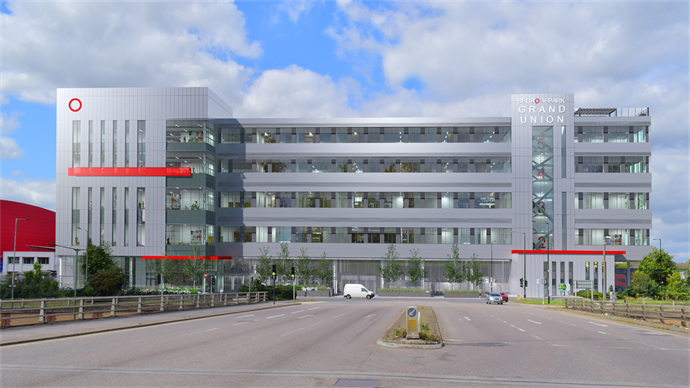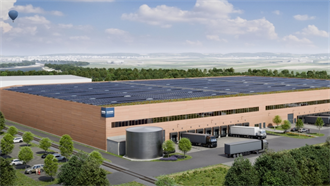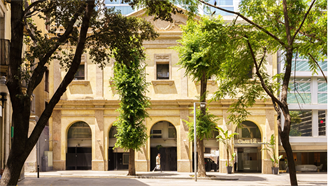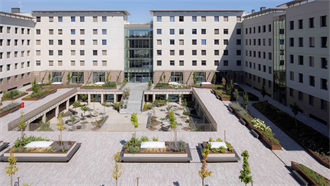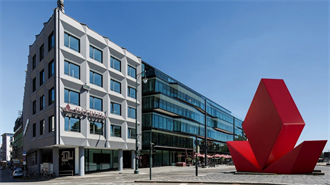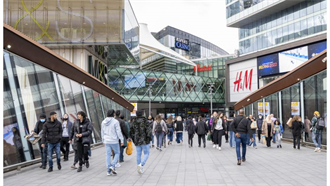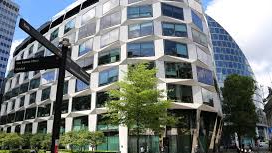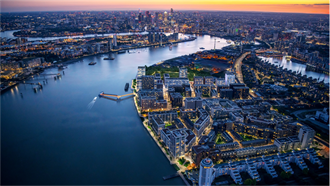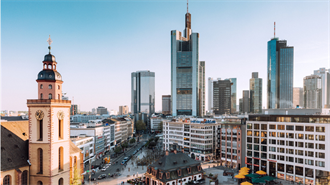Multistorey warehouses are in rude health in Asia-Pacific.
In Sydney, Australia alone, CBRE reports that more than 350,000 m2 of multistorey warehouse space is set to be developed over the next five years, as the availability of zoned land shrinks. Goodman chief executive Greg Goodman said at the group’s recent results meeting that multistorey schemes now account for around two-thirds of its shed pipeline, due to both rocketing rents and the need to be closer to urban areas.
Meanwhile in Hong Kong, arguably the regional pioneer for multilevel solutions, extreme land constraints have made facilities as high as 20 storeys a familiar sight in its bustling ports and industrial areas.
So, what’s curtailing interest in multistorey facilities in Europe? Potentially, a whole stack of issues. ‘Some early attempts to bring multi-level facilities to Europe weren’t a huge success,’ notes Lisa Graham, head of EMEA research for logistics and industrial at JLL. ‘One key problem is actually ice. Anything with a spiral ramp has been known to put off occupiers, as icy conditions in the winter would be just too dangerous for lorries. The alternative is spending a big portion of the budget on the ramp – for example heating it – but rents are often lower for upper floors, so it’s hard to justify the expense. The difference with Asian markets is that we have seen some occupiers in urban facilities over there actually choosing to be on upper floors, so the rents are more even. ‘
Schemes in Europe
Despite this, a handful of built-to-purpose projects have sprung up in recent years in Europe, and as the space race continues, further schemes seem likely. In Achim, Germany, near the port city of Bremen, Garbe achieved its highest level of ESG certification – DGNB Platinum – a few years ago for a 3-storey fulfilment centre, the first ever developed by the company. Built for a leading US ecommerce firm, the 127,000 m2 scheme was designed in consultation with the tenant, and features a photovoltaic system used by the occupier. The high-tech fit out includes a state-of-the-art building management system and the latest conveyor technology.
Yet it is pan-European player Segro which is perhaps doing the most to accustom occupiers to multistorey options. The firm developed its first two-storey facility in France in 2019, in the shape of Segro Park Paris Air2 Gennevilliers, which vaunts some 63,000 m2 of leasable space. Occupied by Ikea France and Leroy Merlin, the first level comprises a 10-metre ceiling height and 48 lorry docks. Meanwhile, the upper level, served by a straight ramp that flanks the side of the building, has a ceiling height of 7-metres and 23 lorry docks. While Segro has proposals for another multi-level site in the pipeline at the former Gobelins railway station in the heart of the French capital, where a unique, subterranean scheme is intended, it is London where the firm is now exploring the concept in even greater depth.
London calling
Towards the end of last year, Segro unveiled a multi-storey scheme it is planning in the London borough of Brent alongside mixed-use developer St George. Dubbed Segro V-Park Grand Union, the scheme represents an innovative concept for delivering multi-level industrial units according to the firm. Designed to maximise employment space and accessibility, the project will provide 134,500 ft2 of flexible light industrial space over six storeys and support up to 500 jobs and apprenticeships. It is also part of the wider canal-side Grand Union regeneration project, creating 3,350 homes, of which one third will be affordable, on the 22-acre former derelict Northfields Industrial Estate.
Says Alan Holland, managing director, Greater London at Segro: ‘Segro V-Park Grand Union is a new model for delivering much-needed light industrial space as part of mixed-use communities.
‘We are strong advocates for multistorey warehousing in some urban settings given the pressure on land supply and the need to create space that supports different types of employment. We have successfully delivered multi-storey logistics at scale in Paris and now have the opportunity at Grand Union to adapt this format for a smaller urban site. This regeneration project is a template for how to revitalise under-utilised industrial land.’
The project’s flexible industrial space will be arranged over four upper levels which can be configured as up to 20 individual units offering a range of sizes, supported by shared meeting rooms, breakout areas and wellness spaces, including a green roof terrace. The development will incorporate sustainability features such as photovoltaic cells and an internal green wall.
Small enterprise
Segro has also recently unveiled Segro V-Park Leigh Road, a seven-storey building at the Slough Trading Estate which will provide industrial workspace for a range of businesses, including small enterprises and start-ups.
Meanwhile further existing sites in the company’s pipeline could potentially spawn other multi-let developments, ever closer to the city’s heart. What’s driving this strategy?
‘Multi-let light industrial has all the characteristics of everything an investor could ever want from a capital markets perspective,’ Holland underlines. ‘Diverse income streams, implicit rental growth, all underpinned by scarcity value. It may be expensive, but given the scarcity of land in London it is underwritten by the potential for a higher value use in the future.’ It’s also notable that Segro is getting nearer and nearer to the centre of London as it snaps up sites in Zones 1 and 2. ‘At the end of the day, customers want to be as close as possible to where people are living or working.’
In terms of the occupier type the new schemes are likely to win over, Holland notes that its multi-let facility Grand Union Trade Park in Park Royal has attracted everything from ‘creative sectors… there’s a big film and TV subset that came out of White City… to businesses serving e-commerce and the food and beverage industry’. At Segro V-Park Grand Union, ‘goods lifts have been designed to take a fork lift truck up and down, and the floor height is similar to a single-storey warehouse’.
Despite Segro’s keen interest in urban multistorey sites, and the growing occupier acceptance of this solution, Holland maintains a note of caution. He concludes: ‘Multi-level has a place within a diverse commercial portfolio. You can’t rule it out on viability grounds. Yet while it is proven to work, it is unlikely to come to dominate the market, given current policy and the scarce availability of suitable sites.’

